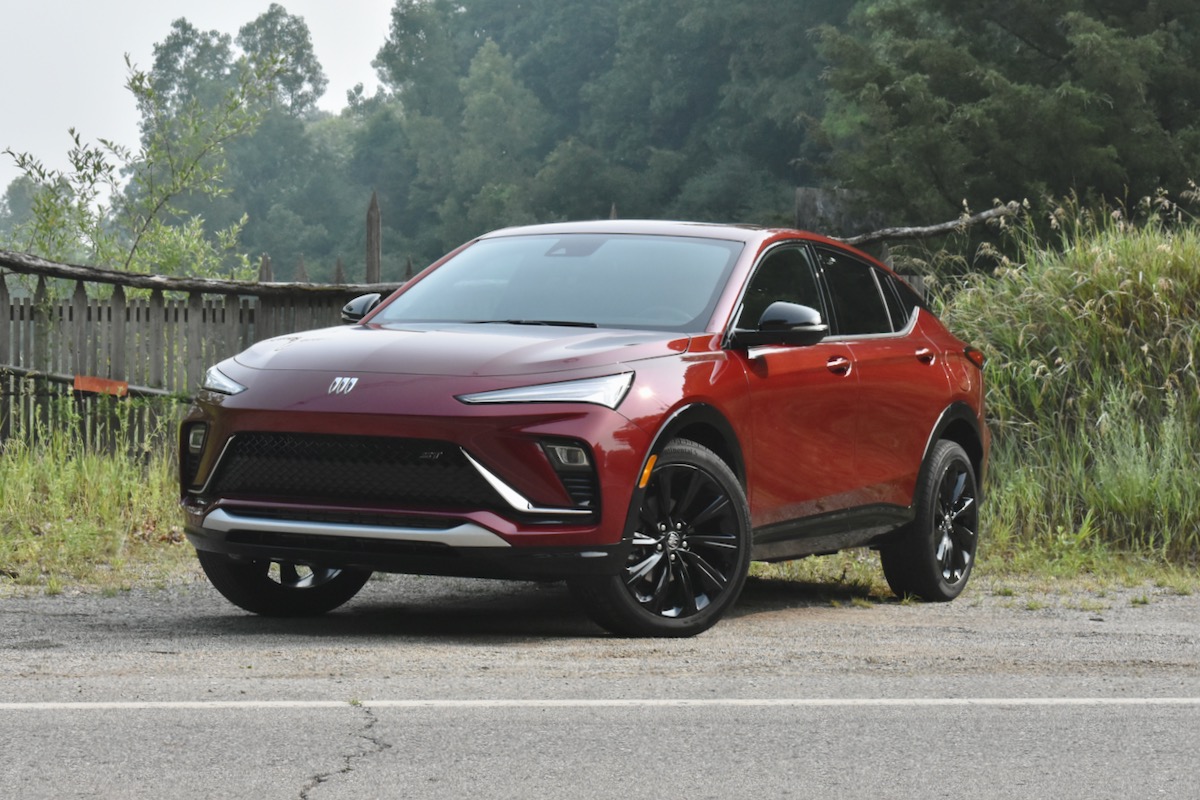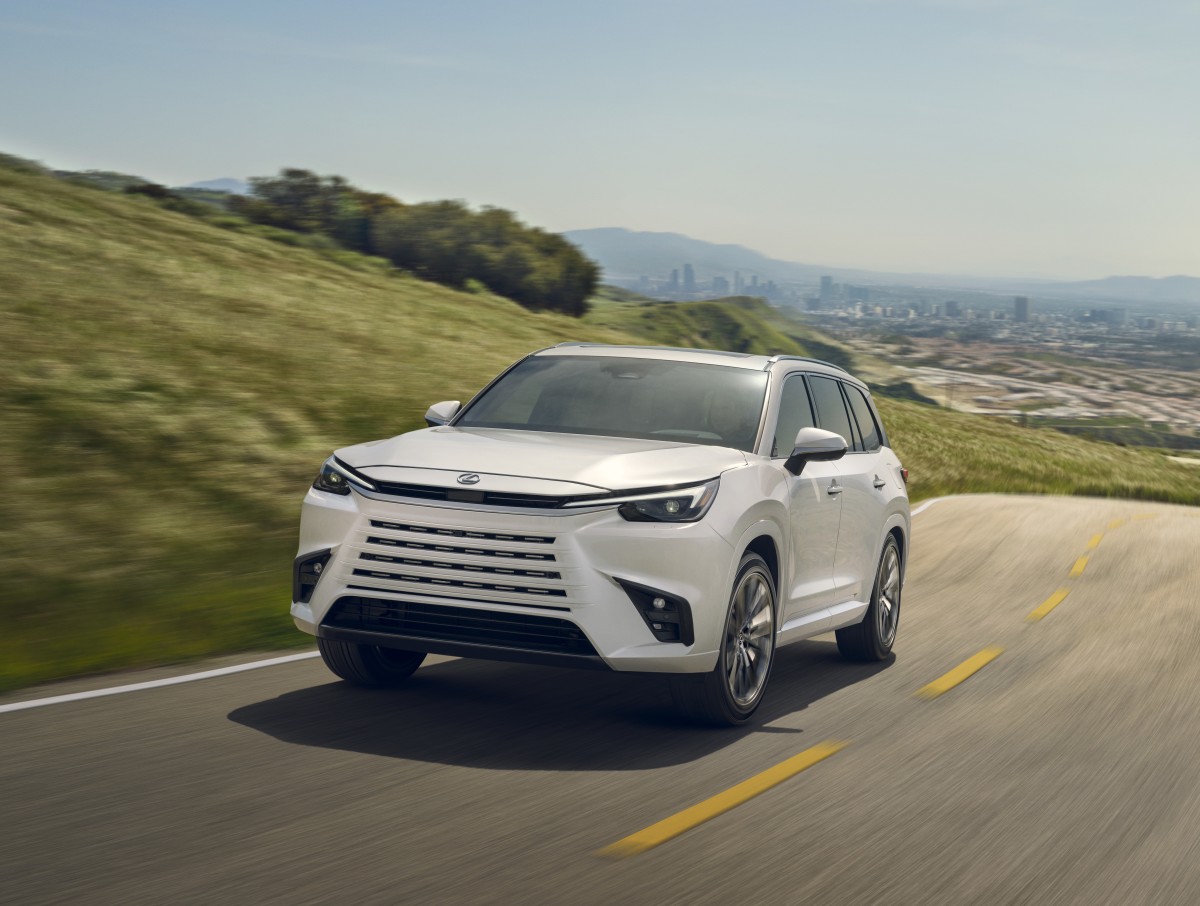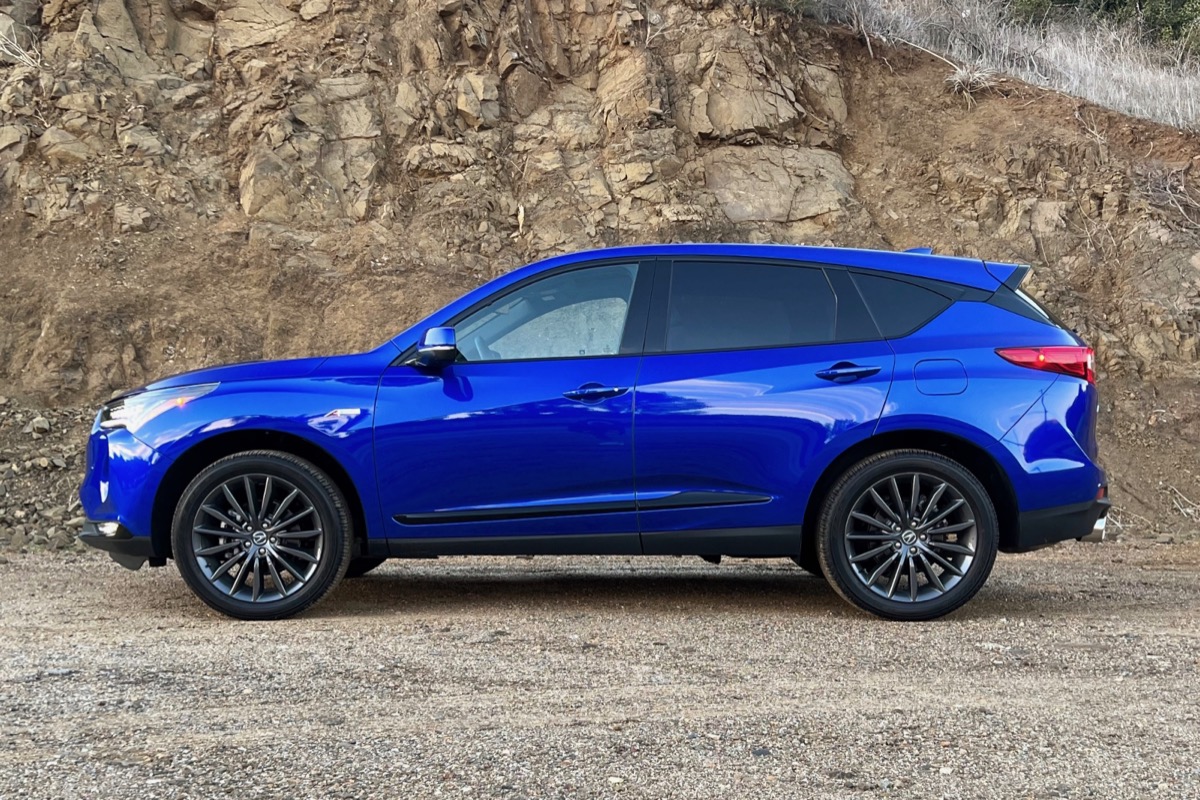The Honda HR-V was first introduced to the US market in 2016 and quickly became a popular choice for consumers looking for a versatile and practical crossover SUV, or CUV. It sits below the larger Honda CR-V in the manufacturer’s SUV range, and offers the convenience of a higher ride and a large cargo area while maintaining the affordability and agile handling that feels more like a smaller car from the driver’s seat.
Honda’s excellent reputation for reliability combines with a spacious interior and, in the first-generation car, the impressive Magic Seat system, a design innovation that allows for various cargo configurations. This makes it a favorite among urban drivers and small families, who love its blend of efficiency, its practicality, and its value. It’s a worthy rival to cars such as the Mazda CX-30, the Toyota C-HR, and the Hyundai Kona.
It’s worth noting that the HR-V sold in the USA and China is different to the compact SUV of the same name sold elsewhere in the world. The US HR-V is known as the Honda ZR-V in other countries.
Our guide looks at how the Honda HR-V has evolved over the years, the best and worst versions to buy and how much you can expect to pay for a used HR-V.
Honda HR-V: Cost, Reliability, and the Best Years to Buy
- Frequently Asked Questions
- Honda HR-V Pros and Cons
- Honda HR-V Generations
- Second Generation (2023-Present)
- First Generation (2016-2022)
Frequently Asked Questions
Which Honda HR-V years are the best?
Honda is known for producing some of the best cars in reliability terms, and models such as the Honda Civic and the Accord often be found near or at the top of reliability rankings. Aside from a few teething troubles with early cars, the Honda HR-V offers consumers a good used buy. Cars from 2018 onwards have updated technology and a smoother driving experience than earlier models, along with extra safety features, while those from 2019 onwards benefit from the refreshed look and extra features of a facelift, plus better noise insulation and a more refined driving experience. The latest generation has more up-to-date features, but it’s more expensive.
What are the worst Honda HR-V years?
Early cars from 2016 and 2017 are best avoided, as consumers have complained about sluggish acceleration and outdated infotainment systems—issues that were fixed from 2018 onwards. They’re far from bad vehicles, but the later examples are better.
Is the Honda HR-V a good deal?
Yes, a used Honda HR-V is generally a very good deal, because of its solid reputation for reliability, strong resale values, and very practical interior. It’s a great choice if you need a compact SUV to use every day, and it has the space and comfort for occasional road trips. Prices tend to be very reasonable, which, when combined with Honda’s established track record for reliability, means an HR-V can be a cost-effective used vehicle.
Honda HR-V Pros and Cons
Pros:
- Good ride comfort
- Versatile and spacious interior
- Excellent reputation for reliability
Cons:
- Weak acceleration compared to rivals
- Early infotainment system fails to impress
- Limited engine options
Honda HR-V Generations
Second Generation (2023-present)
Launched in 2023, the second-generation Honda HR-V model builds on the success of the first model, bringing significant updates. The styling is more refined and modern, both inside and out, with a larger body and new tech features. It shares the same mechanical underpinnings as the Civic sedan and hatchback, which give it improved handling over the first-generation model, and the interior uses higher quality materials than before. It loses the flexible Magic Seat system found in the first-generation car due to the restrictions in the platform, but you get 24.4 cubic feet of cargo space in the trunk, or 55.1 cubic feet if you fold down the rear seats.
Under the hood, there’s a 2.0-litre naturally aspirated four-cylinder i-VTEC engine with 158 horsepower and 138 lb-ft of torque—less power than some competitors and not particularly fuel efficient, either. It’s ok around town and at lower speeds, but needs to be worked hard at higher speeds, especially if you’re loaded with passengers. It’s an improvement over the 1.8-liter engine in the previous HR-V, though.
Both front-wheel-drive (FWD) and all-wheel drive (which Honda calls Real Time AWD) models are available, and all use an automatic continuously variable transmission (CVT) engineered for extra refinement over the previous model. All models get Hill Descent Control as standard and, although it’s not a genuine 4x4 (the rear wheels only get power when the fronts lose traction), you can at least tackle some limited off-road terrain.
The on-road ride comfort is very good and there’s an updated infotainment system, with Apple CarPlay and Android Auto connectivity included across the range. A seven-inch touchscreen is standard, while the top-spec HRV EX-L model boasts a larger nine-inch version.
The latest HR-V also has more advanced safety features bundled together in a package called Honda Sensing, which includes adaptive cruise control with a low-speed follow function and, on certain models, a blind-spot information system, while 10 airbags are standard across the range.
Trim levels start with the LX, which is well equipped as standard, with 17-inch alloy wheels, LED headlights and a roofline spoiler, as well as a multi-angle rearview camera, push-button start, and a lane-keeping assist system. It then moves through the HR-V Sport, which has a different grille, gloss black wheels, heated front seats, and a blind-spot monitoring system, and the top-spec EX-L, which has parking sensors, heated powered side mirrors, a larger touchscreen, a one-touch power moonroof, and wireless phone charging.
An update for the 2026 model year included new colours and alloy wheel designs, a larger (9-inch) touchscreen, wireless Apple CarPlay and Android Auto connectivity, a wireless phone charger, and the inclusion of rear privacy glass for all trim levels.
Being pretty new there’s not much long-term reliability data on the latest Honda HR-V, but Honda has an excellent track record in this department, and we’d be surprised if that changes. As always, check for any recalls or software updates to make sure a used purchase has the latest features.
Used second-generation Honda HR-Vs are still relatively new to the market but, given the new car’s starting MSRP of $27,650 (including destination and handling fees) at the time of writing, prices are very reasonable. Around $15,000 will get you a relatively high-mileage example if you look hard, but most start at around $20,000. That will rise to around $35,000 for low-mileage, nearly-new vehicles with spec upgrades and likely supplied by a franchise dealership.
First Generation (2016-2022)
Although the HR-V name has been used internationally since 1999, it first appeared in the US in 2016. This first-generation US-spec Honda HR-V helped to popularize the subcompact SUV segment, as it combined the versatility of an SUV with the footprint of a small car (it’s based on the same engineering platform as the Honda Fit). This version has a 1.8-litre, four-cylinder powertrain with 141hp and, like the second-generation model, uses a CVT automatic transmission that’s designed more for fuel economy than performance—it promises a 29 MPG rating according to the EPA. Front-wheel drive models were also available with a six-speed manual transmission, although they’re hard to find and were discontinued from the 2020 model year.
The 2016 Honda HR-V featured what Honda called the Magic Seat system. Carried over from the Fit, this innovative idea lets you fold the rear seats all sorts of different ways to allow for multiple seating and cargo configurations. Choose from Utility Mode for maximum cargo space, Tall Mode for carrying larger items such as pot plants, or Long Mode to maximize space for the likes of surfboards or lumber. The cargo space has a capacity of 58.8 cubic feet, which is actually more than the model that succeeded it.
Early HR-Vs had a rather clunky infotainment system, but this was much improved on later models. There’s a range of trim levels to choose from: LX, which is the base model, EX which has features such as automatic climate control and lane-departure warning, or the top-spec EX-L trim, which gives you extras such as leather-trimmed seats. EX and EX-L models get a 180-watt audio system, while LX models make do with a 160-watt system.
The HR-V had a mid-life refresh in 2019, with revised body panels, upgraded LED headlights, and a new infotainment system that added physical buttons and a volume knob, something that was missing from the touchscreen-only system originally fitted. The 2019 HR-V also saw the Honda Sensing package included as standard on the EX and EX-L models, bringing in more advanced safety systems.
Honda has a fantastic reputation for reliability, although some owners of first-generation HR-Vs have reported problems with the CVT in earlier models, especially when accelerating hard. Making sure there’s a strong record of maintenance, in particular for transmission fluid changes, is a good idea, and you should check that the transmission functions smoothly on a test drive. The infotainment system in early cars is somewhat slow and unresponsive, which is worth keeping in mind. You could get a third-party installer to replace it, although that obviously comes at a cost.
High-mileage examples of the first-generation Honda HR-V can be picked up from around $8,000, although for more tidy examples with less than 80,000 miles on the odometer miles you’ll be looking at around $12,000 and upwards. Later pristine examples will cost upwards of $20,000.



